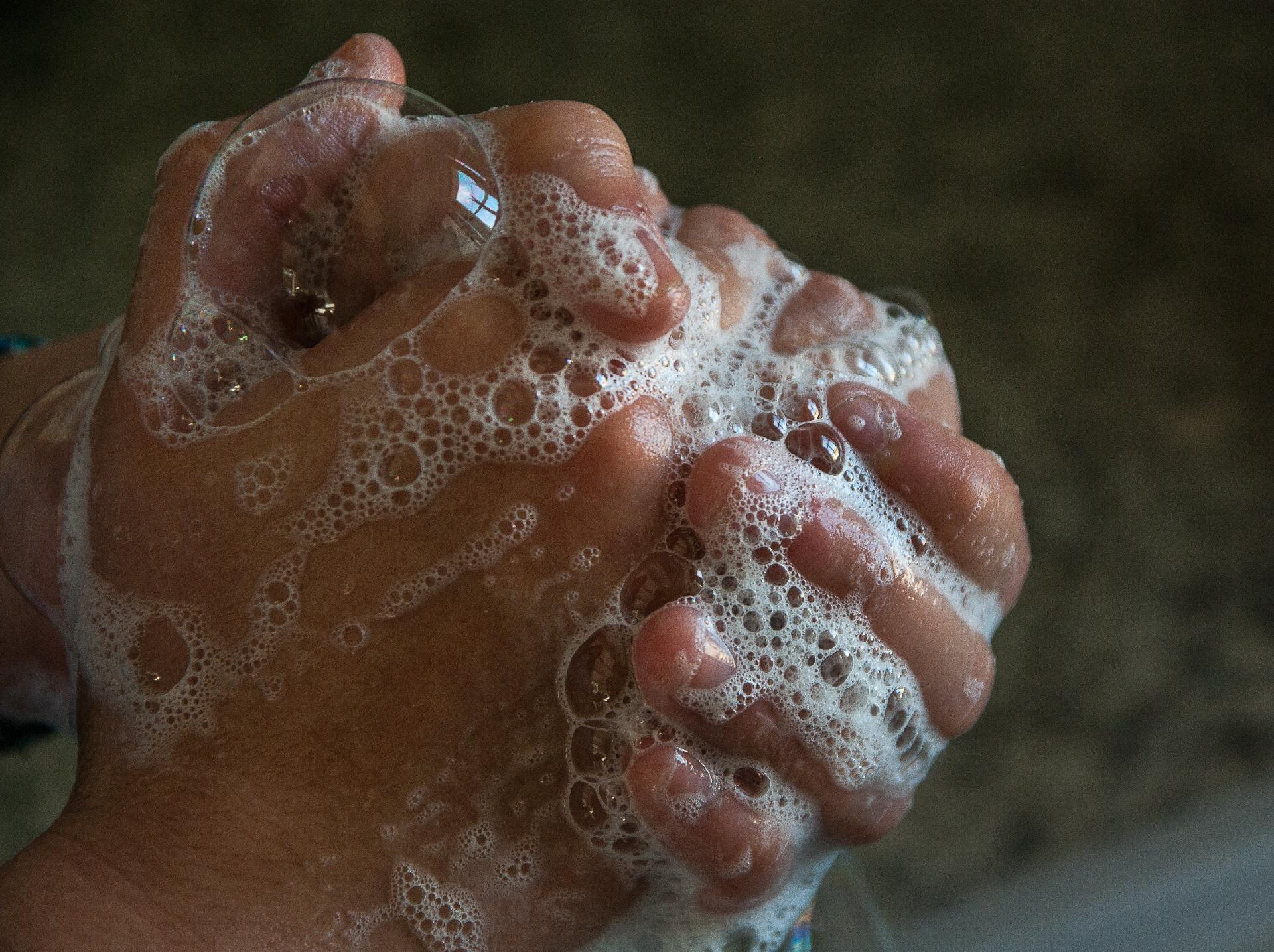
In May 2022, at a time when many countries had emerged from the restrictions of the last two and a half years due to the Covid 19 pandemic, the first confirmed case of Monkeypox virus in Ireland was announced.
As time moved on, more confirmed cases emerged, predominantly in Europe but with small outbreaks taking place globally. This was the first time in the history of the disease that it had spread widely beyond the parameters of Central and West Africa.
There has recently been an increase in cases in many countries, including Ireland. To date there have been 110 affected countries with case numbers in the region of 75,000 globally.
What is the Monkeypox Virus?
Monkeypox is an infectious viral disease that occurs in humans and some animals. It’s a member of the same family of viruses as Smallpox. It was first identified in Copenhagen in 1958 as an illness among laboratory monkeys. However, the first recorded case in humans occurred in 1970 when a 9-month-old boy was diagnosed with the diseases in Zaire (now the Democratic Republic of the Congo).
In the time since its discovery, there have been multiple minor outbreaks of the diseases across the globe. However, the 2022 outbreak has by far been the widest spread outbreak.
What are the Symptoms of Monkeypox Virus?
Those infected with Monkeypox will have all the usual signs of a serious viral disease (fever, headache, muscle pains, sweating, rash etc) but also, they will usually have pronounced enlargement of their lymph glands which helps to distinguish it from chickenpox.
The lesions associated with Monkeypox are mainly found on the hands, feet, and head of the infected person, in contrast to lesions associated with Chickenpox which are mainly on the head and trunk.
The incubation period of the diseases is estimated to be between one and three weeks, varying on a case-by-case basis. Generally, those affected by the disease will return to full health after two to four weeks.
How is Monkeypox Transmitted?
It widely accepted that the majority of- transmission of the Monkeypox virus between humans is caused by direct contact with infected clothing, bedding material, and, naturally, skin-to-skin contact.
Airborne transmission of the disease is not believed to be of as much concern as was the case with Covid 19. Airborne transmission of Monkeypox requires large droplet spread that only occurs with close personal contact, where skin-to-skin contact is likely to have already occurred.
How Do I Avoid Getting Monkeypox?
As with Covid 19, a robust personal hygiene regime will go a long way in preventing someone from catching Monkeypox. Washing your hands with soap and warm water or an alcohol-based hand sanitiser is of the most effective methods to improve personal hygiene.

Avoiding travel to the heaviest affected areas is also advised to avoid further spread or outbreaks of the disease. According to the World Health Organisation, the countries that are Monkeypox endemic are Cameroon, the Central African Republic, the Democratic Republic of the Congo, Gabon, Ghana (identified in animals only), Cote d’Ivoire, Liberia, Nigeria, the Republic of the Congo, and Sierra Leone. Visits to these countries should be avoided if possible or, if absolutely necessary, be taken with due caution.
At the moment in the Republic of Ireland and the United Kingdom, the Monkeypox vaccine is only available to those that are deemed in an at-risk group. You can find details of these groups on the HSE website.

